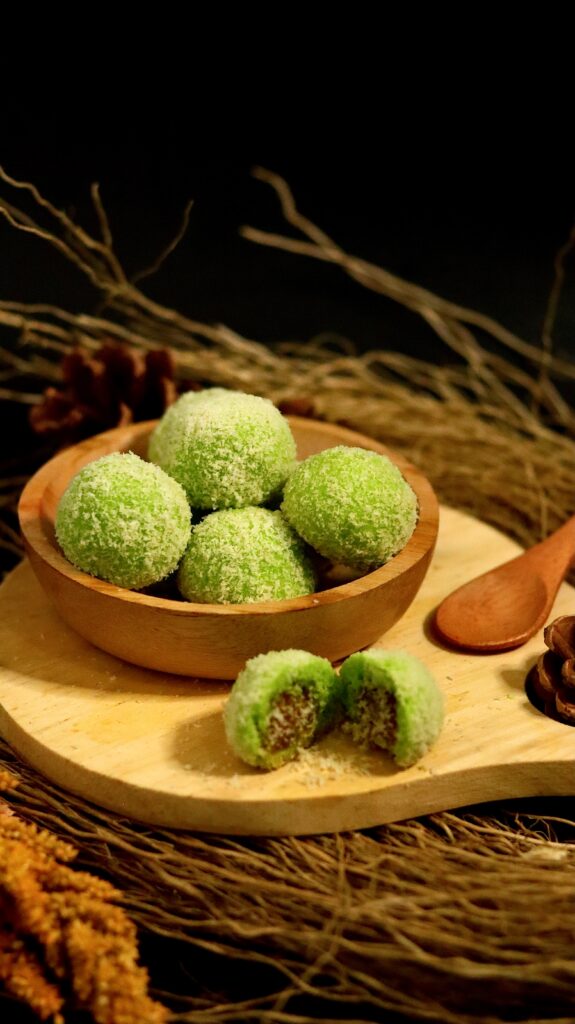Coconut from Indonesia is renowned worldwide, and the journey of the coconut from the farm to the table is a fascinating one. In this article, we will take a closer look at the journey of the Indonesian coconut, from its cultivation on the farm to its use in delicious dishes on tables around the world.
1. Cultivation
Farmers primarily grow coconuts in Indonesia’s coastal regions. They plant coconut trees, which take between six and ten years to reach maturity. Once the trees mature, they can produce up to 150 coconuts per year.
2. Harvesting
When the coconuts are ready for harvest, farmers climb the trees and use long sticks to knock the fruit down. They then collect the coconuts and transport them to processing facilities for further treatment.
3. Processing
Farmers process coconuts in Indonesia through several steps. First, they remove the outer layer of the fruit, known as the husk, and crack open the hard shell to reveal the coconut water and meat inside. Next, they grate the meat and press it to extract coconut milk, a popular ingredient in many Indonesian dishes. They also process the coconut milk into coconut oil. Various types of coconut oil are produced, such as coconut oil for cooking, coconut oil for soap, and virgin coconut oil. If you want to learn more about coconut oil products, you can visit cocoasianusantara.com.
4. Distribution
After processing, companies package coconut products and ship them to markets worldwide. People know coconut products from Indonesia for their high quality and unique flavor, and many countries demand them.
5. Consumption
Once the coconut products reach their destination, consumers use them in a wide range of dishes and products. In Indonesia, coconut is a staple ingredient in many dishes, such as nasi uduk (coconut rice) and rendang (spicy meat stew). In other parts of the world, people use coconut in everything from beauty products to biofuels.
The journey of the Indonesian coconut from farm to table is long and fascinating. From cultivation and harvesting to processing and distribution, each step of the process plays a crucial role in ensuring that this beloved fruit reaches consumers worldwide in its best form. By learning more about the journey of the Indonesian coconut, we can gain a deeper appreciation for the hard work and dedication of the farmers who grow it, as well as the many uses and benefits of this versatile fruit.

